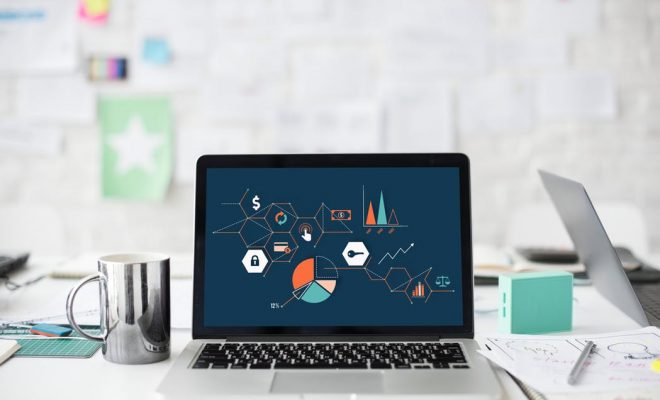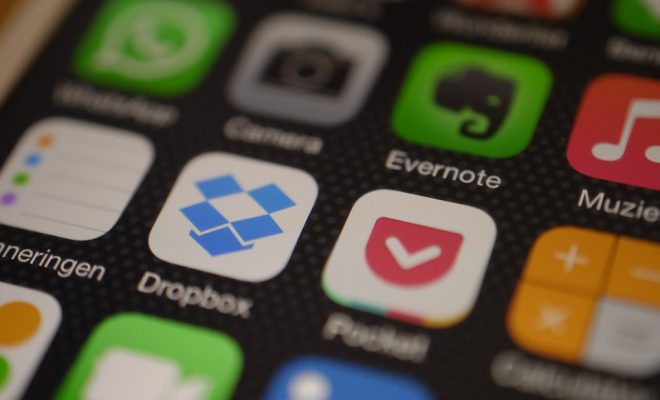Digital Literacy Instruction: Models for Public Libraries

Public libraries are beginning to catch up with the technological need for education. Many public libraries across the country can be used as models for honing in on the digital literacy instruction of local public libraries.
By using these models, these libraries will help narrow the digital literacy gap made by generational differences. Not only can this digital literacy gap be made by age difference, but also from education and cultural considerations as well.
What can other libraries take from these libraries ahead of the crowd regarding digital literacy instruction? We take a look at a few aspects below.
Training
The trainers that will be instructing people on digital literacy will need to be trained thoroughly. They will need to be fluent in digital tech. A few libraries even look for individuals that can speak foreign languages to craft digital literacy guides in these other languages.
These guides can help these individuals learn how to look for a job or access their government benefits. By training the trainers to be more versatile, the public libraries using this method have been able to open their doors to more of the community.
Recruiting
Another method used in many libraries is to reach out to the community and ask for volunteers. This is especially key when reaching out to a specific part of the community. Not only will these volunteers speak the language of the people, but they will also understand their lives and cultural aspects.
By reaching out and getting help from the community, the library staff is freed up to focus on planning and the digital literacy instruction program’s administrative aspects.
Planning
When building a digital literacy instruction program, you will need to use all your resources at hand to plan it well. This includes taking the time to outline the goals, develop the tools and find the trainers you need for the program.
Ensuring everything is laid out will make the program run smoother and, therefore, be more successful at pulling the community into the program. This will also make sure everyone involved is effectively using their time.
Setting Goals
One of the goals that may be the most important to your program’s success is the learning outcomes. This means you want to look at aspects of the digital world that you want to focus on. Some libraries concentrate on finding jobs, and others on setting up online accounts.
Some focus on both, but one thing is for sure – having the curriculum all planned out alongside knowing what you want to accomplish with these programs will help any public library’s digital literacy instruction program be successful.
Conclusion
Studying the success of other public libraries that have implemented a successful digital literacy instruction program is a suggested method of ensuring the same success for your program. We have given you a few models that you can use to do just that.





